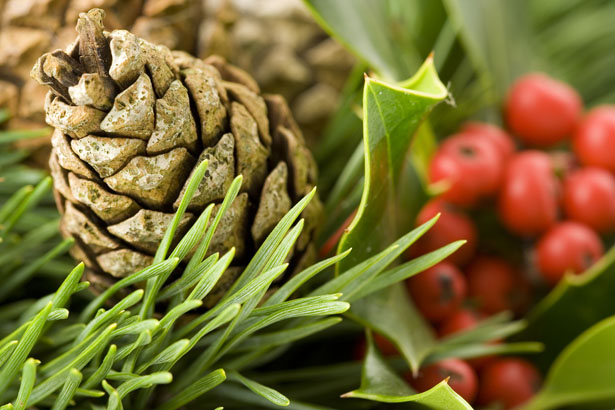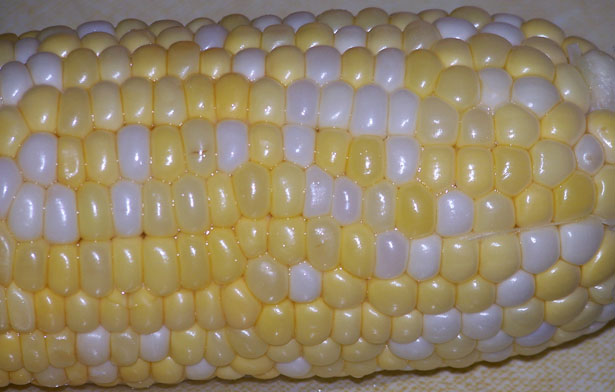 |
| Source |
Every year I read the NCCBA Picture Book nominees (or most of them) with my students. I am trying to build in some information and activities with them. The books chosen this year really group together well! I am doing I Didn't Do It and City Dog, Country Frog together and talking about both dogs and frogs. The kids have never-ending stories about dogs! I showed this short little song to introduce the topic. Then we talked about poetry with I Didn't Do It and how some poems don't have to rhyme, but how they are different from a regular story. City Dog Country Frog is a book that I used this activity for to talk about how different frogs make different sounds (they play a croaking game in the book.) This is a fun site also as it is a frog random picture generator. If there is time, we also talk about how frogs grow from a tadpole and watch this clip of the life cycle.
 |
| Source |
In the next class, we will read Spoon, Willow, Sylvie, and Shark Vs Train. The first three are all about being yourself. Shark Vs. Train just needed to go somewhere so I thought it could still sort of fit that theme! For Willow, I am going to show students some different famous works of art. For Sylvie, we will discover Why Flamingos Are Pink on Wonderopolis. For Spoon, we will look at photos of different kinds of silverware and talk about the uses. (Ex. plastic, fancy, wooden, etc.) For Shark Vs. Train, Wonderopolis is again a source to find out How Many Sharks Are in the Ocean.
 |
| Source |
For the last session, we will read farm based books including Mr. Duck Means Business, What the Ladybug Heard, and Interrupting Chicken. The National Geographic Creature Feature on ladybugs and this video on baby ducks learning to swim will complement these books. We also get to VOTE! I love to see what the kids liked the most and they almost always surprise me with what they choose. So, stay tuned to see who wins this year! (It won't be announced until toward the end of the year.)
Which of these is your favorite book? I am torn between Sylvie and Shark Vs Train myself.































